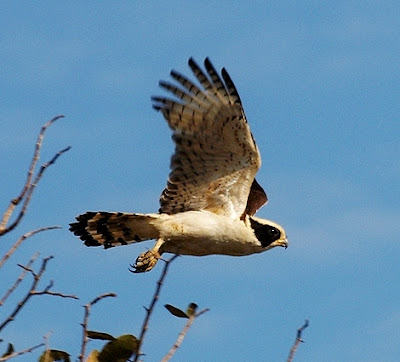Acrocephalus scirpaceus
 |
| Photo by Patrick Palmen (Birds of Kazakhstan) |
Common name:
Eurasian reed-warbler (en); rouxinol-pequeno-dos-caniços (pt); rousserolle effarvatte (fr); carricero cómun (es); teichrohrsänger (de)
Taxonomy:
Order Passeriformes
Family Sylviidae
Range:
This species is found throughout Europe, as far north as southern Scandinavia, into central Asia as far east as Kazakhstan and also in sub-Saharan Africa as far south as South Africa. the population in Europe and Asia migrate south to winter in sub-Saharan Africa.
Size:
These birds are 13 cm long and have a wingspan of 17-21 cm. They weigh 10-15 g.
Habitat:
The Eurasian reed-warbler is mostly found in reed beds along the shores of lakes, fish ponds, ditches and rivers, but can also occur in drier habitats, such as scrublands, grasslands and dry savannas. They are present from sea level up to an altitude of 1.400 m.
Diet:
They mainly feed on insects, spiders and small snails, collected from the vegetation or on the ground, but also eat fruits, seeds and flowers.
Breeding:
The breeding season varies along their range. They are monogamous and nest in loose colonies. The female builds the nest, a deep cup neatly weaved with reed blades, flowers, grass stems and plant down. the nest is typically placed over water, attached to a reed on scrub. There she lays 3-5 which are incubated by both sexes for 9-13 days. The chicks are fed by both sexes and fledge 10-14 days after hatching.
Conservation:
IUCN status - LC (Least Concern)
This species has an extremely large breeding range and the global population is estimated at 11-30 million individuals. The population in Europe have undergone a moderate decline over the last 3 decades, but there is no trend data for the rest of their range.


















